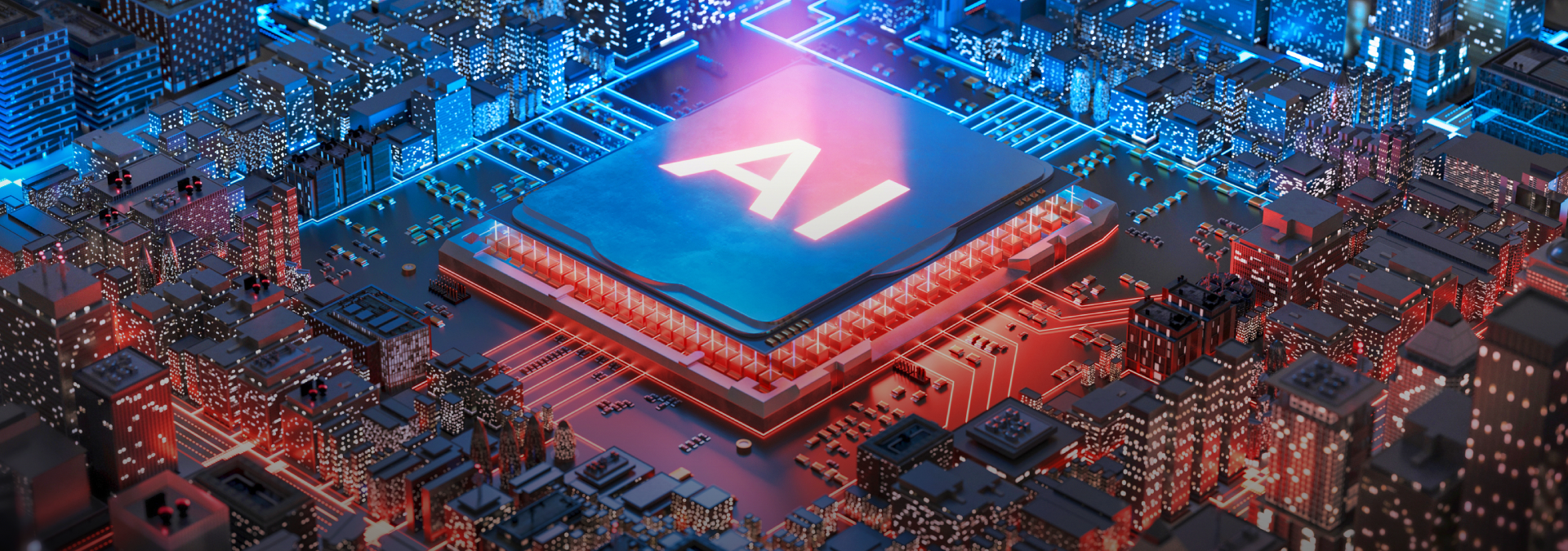
As urban infrastructures around the globe evolve into smart cities, the role of technology in managing such places has never been more critical. AI-powered predictive maintenance is at the forefront of this transformation, offering innovative solutions to maintain and optimize the latest urban infrastructure.
By leveraging predictive analytics and AI-driven maintenance strategies, cities can ensure their urban infrastructure is more reliable, efficient, and cost-effective.
The Role of AI in Smart City Infrastructure
AI in smart cities is revolutionizing how urban spaces are managed. Traditional infrastructure management often relied on reactive maintenance—repairing issues after they occur. However, with AI predictive maintenance, cities can shift to a proactive approach. AI can identify potential problems before they become critical by analyzing vast amounts of data from sensors embedded in roads, bridges, and other urban assets. This innovative approach minimizes disruptions and extends the lifespan of infrastructure, leading to significant cost savings.
Benefits of Predictive Maintenance for Urban Infrastructure
Implementing predictive maintenance tools in urban infrastructure management offers many benefits. First, it enhances infrastructure monitoring by providing real-time insights into the health of various assets. This innovation allows city managers to prioritize maintenance efforts where they are most needed, improving overall efficiency.
Secondly, AI maintenance solutions reduce the likelihood of unexpected failures. By predicting when and where issues will likely occur, cities can address them before they escalate, ensuring that critical infrastructure remains operational. This is particularly important in smart city maintenance, where even minor disruptions can have widespread impacts.
Lastly, AI in infrastructure helps cities optimize their resources. With accurate predictions, maintenance teams can schedule repairs during off-peak hours, minimizing residents' inconvenience and reducing labor costs. This level of integration of technology in urban infrastructure is key to building more resilient and sustainable cities.
The Future of AI-Driven Maintenance in Smart Cities
The future of city infrastructure optimization lies in the continued adoption of AI-powered predictive maintenance. As AI technology advances, its ability to manage complex urban systems will only improve, enabling cities to become more responsive and adaptive to the needs of their citizens.
In conclusion, AI in smart cities is not just about making urban spaces more technologically advanced; it's about creating a smarter, more efficient way to manage the essential infrastructure that supports our daily lives. As more cities embrace AI-driven maintenance, we can look forward to a future where urban living is safer, smoother, and more sustainable.
Latest news
Smart Cities
What are Smart Cities & Mobility and How They Transform Urban Life?
Cities are undergoing a profound shift. Rapid urbanization, rising mobility demands, and the need for sustainable growth are pushing urban ecosystems to evolve beyond traditional infrastructure. This is the foundation of smart cities, meaning digitally connected environments powered by IoT, cloud platforms, data analytics, and intelligent automation.
Investors
News
SONDA maintains growth in business closures, reaching US$1,294 million and strengthening its pipeline with a 43% increase compared to the end of 2024
Its revenue reached US$1,154 million as of september, growing 3.1% driven by its strengthened commercial structure from the strategic plan, generating a robust pipeline of US$7.6 billion.
Smart Cities & Mobility
How Smart Datacenter Management Powers Modern Digital Infrastructure
Digital businesses don’t run on good intentions; they run on datacenters. Every online purchase, every cloud-native app, and every connected device depends on a powerful yet often invisible foundation: digital infrastructure.
